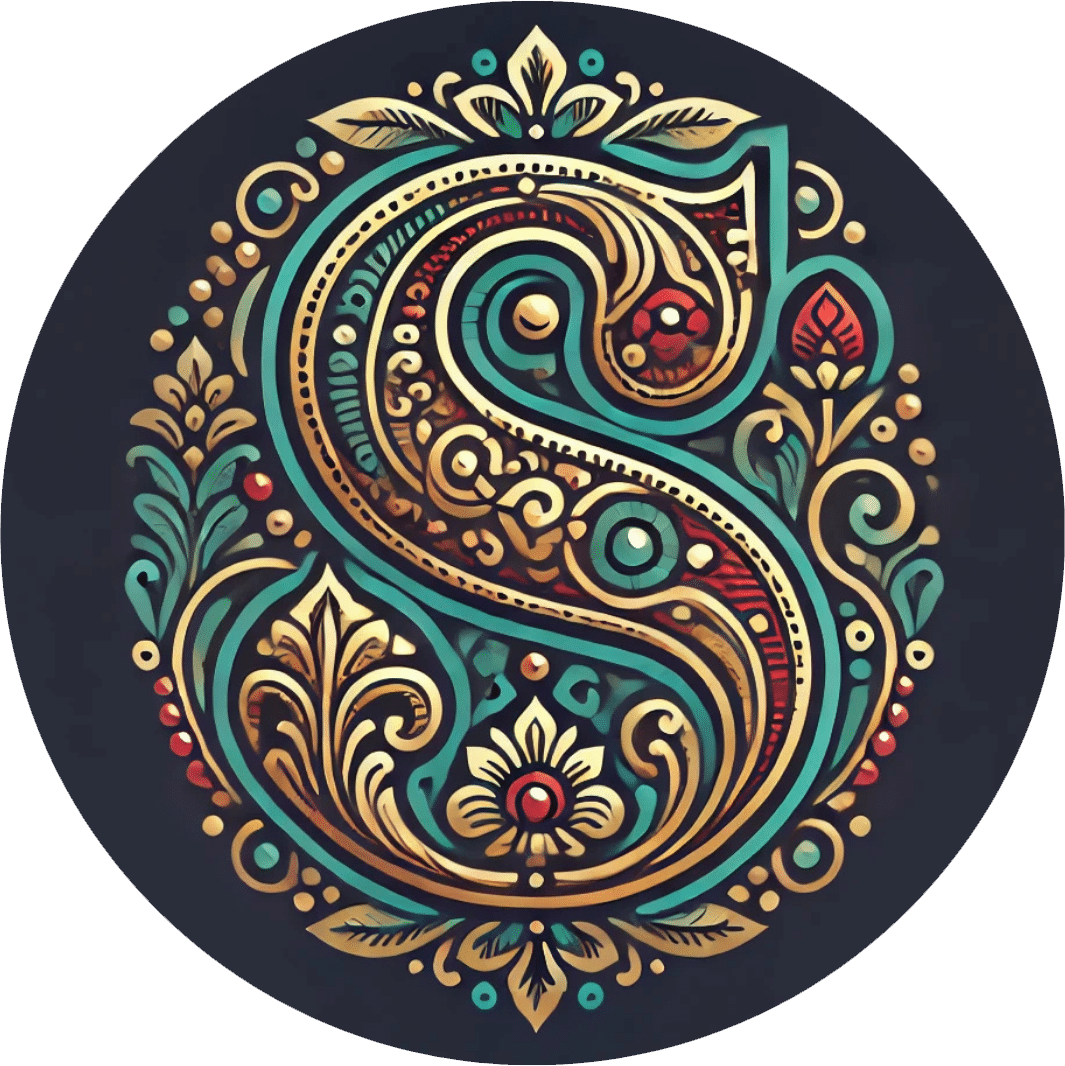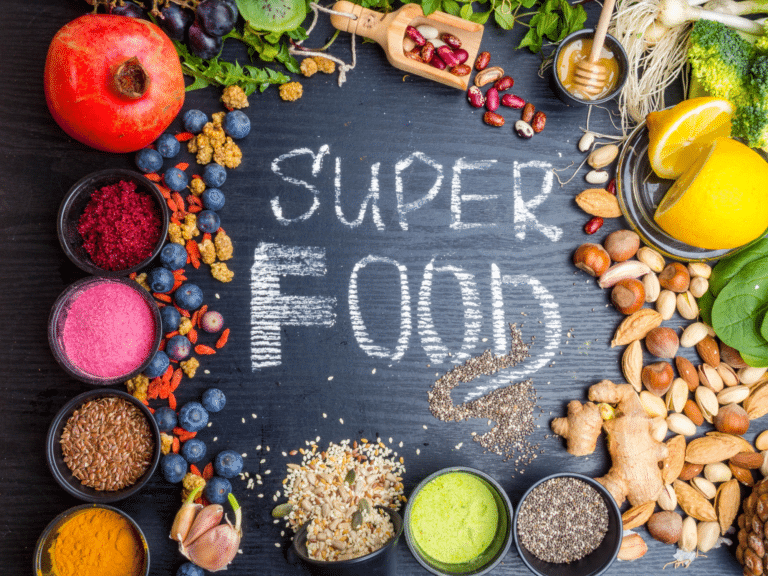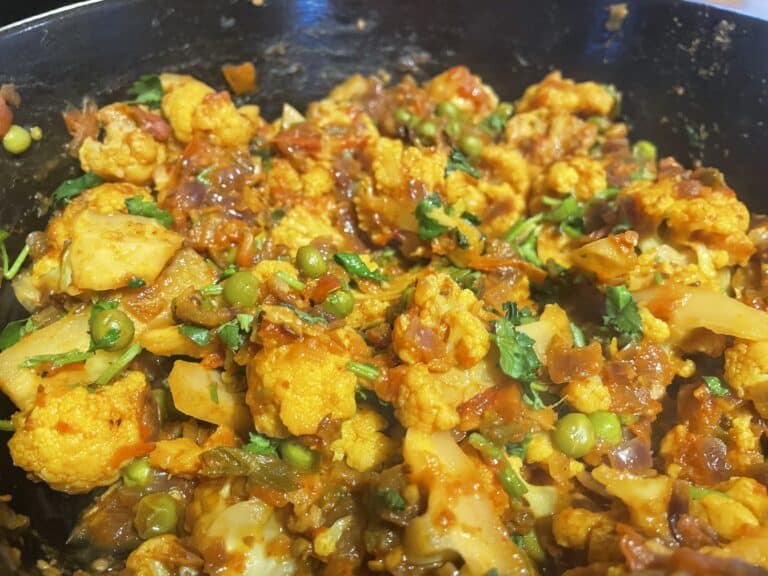Dal Tadka is more than just a dish—it’s a warm embrace, a nostalgic reminder of home, and an essential part of Indian cuisine. Growing up, dal was always a staple at our dinner table. Whether paired with fluffy basmati rice or crispy chapatis, this humble lentil dish held its place as a comforting, nourishing, and soul-satisfying meal.
I’ve often found that while dal tadka might seem simple, the magic lies in the layering of flavors—the slow-cooked lentils, the aromatic tempering (tadka), and the final finishing touch that takes it from ordinary to extraordinary. The beauty of dal lies in its versatility; every region, every household has its unique way of preparing it. Today, I’m sharing my tried-and-true recipe that brings out the best of this dish, along with tips to perfect it every single time.
The Heart of Dal Tadka: Cooking the Lentils
The base of any great dal starts with perfectly cooked lentils. I use a combination of split mung dal (yellow lentils) and split masoor dal (red lentils) to create a creamy yet slightly textured consistency. Mung dal gives a smooth richness, while masoor dal adds depth and body.
Ingredients for Cooking the Dals:
- ½ cup split mung dal (yellow lentils)
- ½ cup split masoor dal (red lentils)
- ¼ tsp turmeric
- ¼ tsp Himalayan pink salt
- 3 cups water (plus extra for consistency adjustment)
How to Cook the Dal:
- Pressure Cooker Method: Combine dal, turmeric, salt, and water in a pressure cooker. Cook for 2 whistles, then let it depressurize naturally.
- Saucepan Method: In a deep pot, combine the same ingredients and simmer for 20 minutes, stirring occasionally. Add extra water if needed to adjust the consistency.
At this stage, the dal is soft, smooth, and slightly thick. The real transformation begins with the main tadka.
The Soul of Dal Tadka: The Main Tadka (Tempering)
The tadka is what defines this dish—the sizzling, fragrant mix of spices and aromatics infused into the dal. This step builds the depth of flavor that makes dal tadka irresistible.
Ingredients for the Main Tadka:
- 1 tbsp Smude’s sunflower oil
- 1 tsp cumin seeds
- 1 red onion, diced
- 4 medium-sized tomatoes, diced
- 5-7 Thai green chilies, chopped
- 1 tbsp ginger-garlic paste
- 1 tsp turmeric powder
- 1 tsp red chili powder
- Salt to taste
How to Prepare the Tadka:
- Heat sunflower oil in a frying pan over medium heat.
- Add cumin seeds and let them sizzle for 30 seconds until aromatic.
- Stir in diced onions and sauté until golden and slightly caramelized.
- Add ginger-garlic paste and chopped green chilies, sauté for another minute.
- Toss in diced tomatoes, followed by salt, turmeric, and red chili powder.
- Sauté the mixture until the oil separates from the tomatoes. This step is crucial for a deep, well-rounded flavor.
- Once done, pour this tadka into the cooked dal and stir well.
The Secret to Next-Level Flavor: The Second Tadka
This step is what truly elevates dal tadka. A second round of tempering adds an extra layer of smoky, garlicky goodness, making the dish restaurant-worthy.
Ingredients for the Second Tadka:
- 1 tbsp butter
- 4 cloves garlic, sliced
- 1 tsp cumin seeds
- 1 tsp Kashmiri red chili powder
How to Prepare the Second Tadka:
- Heat butter in a small pan.
- Add cumin seeds and sliced garlic, sauté until the garlic turns golden and fragrant.
- Turn off the flame, wait a minute, then stir in Kashmiri red chili powder.
- Pour this aromatic tadka over the dal and mix gently.
The Perfect Garnish & Serving Suggestions
Garnish:
- 1-inch ginger, julienned
- ¼ cup chopped cilantro
Dal tadka is best enjoyed piping hot, served alongside:
- Steamed basmati rice
- Jeera rice
- Chapatis, puris, or parathas
The combination of creamy dal, fluffy rice, and crisp roti is the ultimate comfort food.
Tips & Tricks for the Best Dal Tadka
- Soaking the lentils for couple of hours before cooking speeds up cooking time and enhances digestibility.
- Use ghee instead of oil for an extra layer of richness and a more traditional taste.
- Mash the dal slightly with the back of a spoon for a creamier consistency.
- For a smoky restaurant-style dal tadka, place a red-hot coal in a small bowl inside the pot of dal, add a drop of ghee, and cover for 5 minutes to infuse a smoky aroma.
- Make it vegan by sticking to sunflower or coconut oil instead of ghee.
Health Benefits of Dal Tadka
Dal Tadka is more than just a flavorful dish—it is a powerhouse of nutrition. Lentils, particularly mung dal and masoor dal, are rich in protein, fiber, and essential vitamins, making them a staple in Indian households. Whether you are looking to boost your daily protein intake, improve digestion, or maintain overall health, this dish offers a range of benefits.
1. Rich in Plant-Based Protein
Both mung dal and masoor dal are excellent sources of plant protein, making them ideal for vegetarians and vegans. Protein is essential for muscle growth, repair, and overall bodily functions.
2. High in Fiber for Digestion
The fiber content in lentils helps regulate digestion, prevents constipation, and supports gut health. This makes dal an excellent choice for those with digestive concerns.
3. Packed with Essential Vitamins & Minerals
Lentils are loaded with iron, magnesium, potassium, and folate—key nutrients for maintaining energy levels, improving heart health, and supporting overall wellness.
4. Low in Fat & Cholesterol-Free
Dal is naturally low in fat and free from cholesterol, making it a heart-friendly food that can help manage weight and maintain balanced cholesterol levels.
5. Regulates Blood Sugar
Lentils have a low glycemic index, which helps regulate blood sugar levels, making dal a smart choice for diabetics and those looking to maintain steady energy throughout the day.
Dal Tadka Variations: Play with Flavor & Texture
Dal Tadka can be customized in many ways depending on taste preferences, dietary needs, and regional influences. Here are three delicious variations using mung dal, masoor dal, or a combination of both.
1. Mung Dal Tadka (Light & Digestive-Friendly)
Mung dal is one of the easiest lentils to digest and is often recommended in Ayurvedic diets for its cleansing and soothing properties.
Recipe Adjustments:
- Use only mung dal (1 cup instead of ½ cup each of mung and masoor).
- Add 1 tbsp ghee instead of sunflower oil for a richer taste.
- Reduce the spice level to keep it light and nourishing.
- Pair with steamed rice and ghee for a simple, comforting meal.
Best For: People with sensitive digestion, kids, and those recovering from illness.
2. Masoor Dal Tadka (Bold & Hearty)
Masoor dal has a naturally earthy and slightly nutty flavor, making it perfect for a richer, spicier dal.
Recipe Adjustments:
- Use only masoor dal (1 cup instead of ½ cup each of mung and masoor).
- Increase the red chili powder for extra heat.
- Add ½ tsp garam masala for depth and warmth.
- Serve with jeera rice or butter naan for an indulgent meal.
Best For: Those who enjoy a deeper, more robust dal flavor with bold spices.
3. Mixed Lentil Dal Tadka (Rich & Protein-Packed)
A combination of multiple lentils gives the dal a thicker consistency and a more layered taste profile.
Recipe Adjustments:
- Use ⅓ cup each of mung, masoor, and toor dal (pigeon pea lentils) for a blend of flavors.
- Add a pinch of asafoetida (hing) for extra digestive benefits.
- Garnish with fried onions and green chilies for a rustic North Indian-style dal.
- Pair with tandoori roti or whole wheat paratha for a wholesome meal.
Best For: Fitness enthusiasts, those looking for a high-protein meal, or anyone who enjoys complex flavors.Bottom of Form
A Dish That Feels Like Home
Dal Tadka is one of those dishes that welcomes creativity. Whether you choose to make it with mung dal, masoor dal, or a mix of both, the result is always satisfying and nourishing. Every bite carries memories of home-cooked meals, family gatherings, and the love that goes into making food that nourishes both body and soul.
Now, it’s your turn—have you tried making dal tadka at home? Do you have a favorite dal variation that you swear by? Share it in the comments below—I’d love to hear your take on this classic dish!






